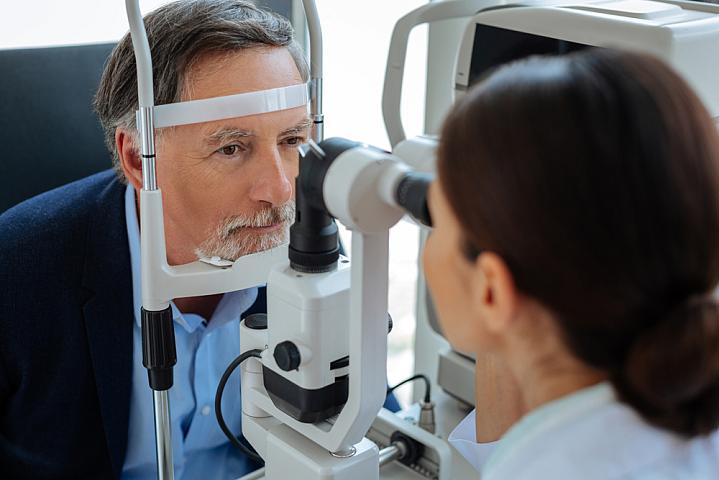Health Capsule
Life With Low Vision
 YAKOBCHUK VIACHESLAV / Shutterstock.com
YAKOBCHUK VIACHESLAV / Shutterstock.comSome vision problems can’t be fixed with glasses, contact lenses, or even surgery. This is known as low vision. It can make everyday tasks difficult. Your low vision may make it hard to read or drive. You might have trouble recognizing people’s faces or telling colors apart.
Low vision is more common in older adults. It can be caused by many different eye conditions. One of the most common causes is age-related macular degeneration. This eye disease can blur your central vision. Other diseases that can cause low vision include cataracts, where the lens of the eye becomes cloudy. Glaucoma, which damages the eye’s optic nerve, can also cause untreatable vision loss.
Eye doctors can check for low vision during an eye exam. They’ll give you drops to widen, or dilate, your pupil. This allows them to check for conditions that can cause low vision.
Unfortunately, low vision is often permanent. Treatment options depend on what’s causing your low vision. But there are things you can do to make the most of your remaining sight.
If your vision loss is minor, you may find that brighter lights help. Wearing anti-glare sunglasses may also help you see better. A vision rehabilitation specialist can show you how to use technologies and magnifying devices that aid with vision loss. They can also share resources to help you cope with vision loss. Learn more.
NIH Office of Communications and Public Liaison
Building 31, Room 5B52
Bethesda, MD 20892-2094
nihnewsinhealth@od.nih.gov
Tel: 301-451-8224
Editor: Harrison Wein, Ph.D.
Managing Editor: Tianna Hicklin, Ph.D.
Illustrator: Alan Defibaugh
Attention Editors: Reprint our articles and illustrations in your own publication. Our material is not copyrighted. Please acknowledge NIH News in Health as the source and send us a copy.
For more consumer health news and information, visit health.nih.gov.
For wellness toolkits, visit www.nih.gov/wellnesstoolkits.



